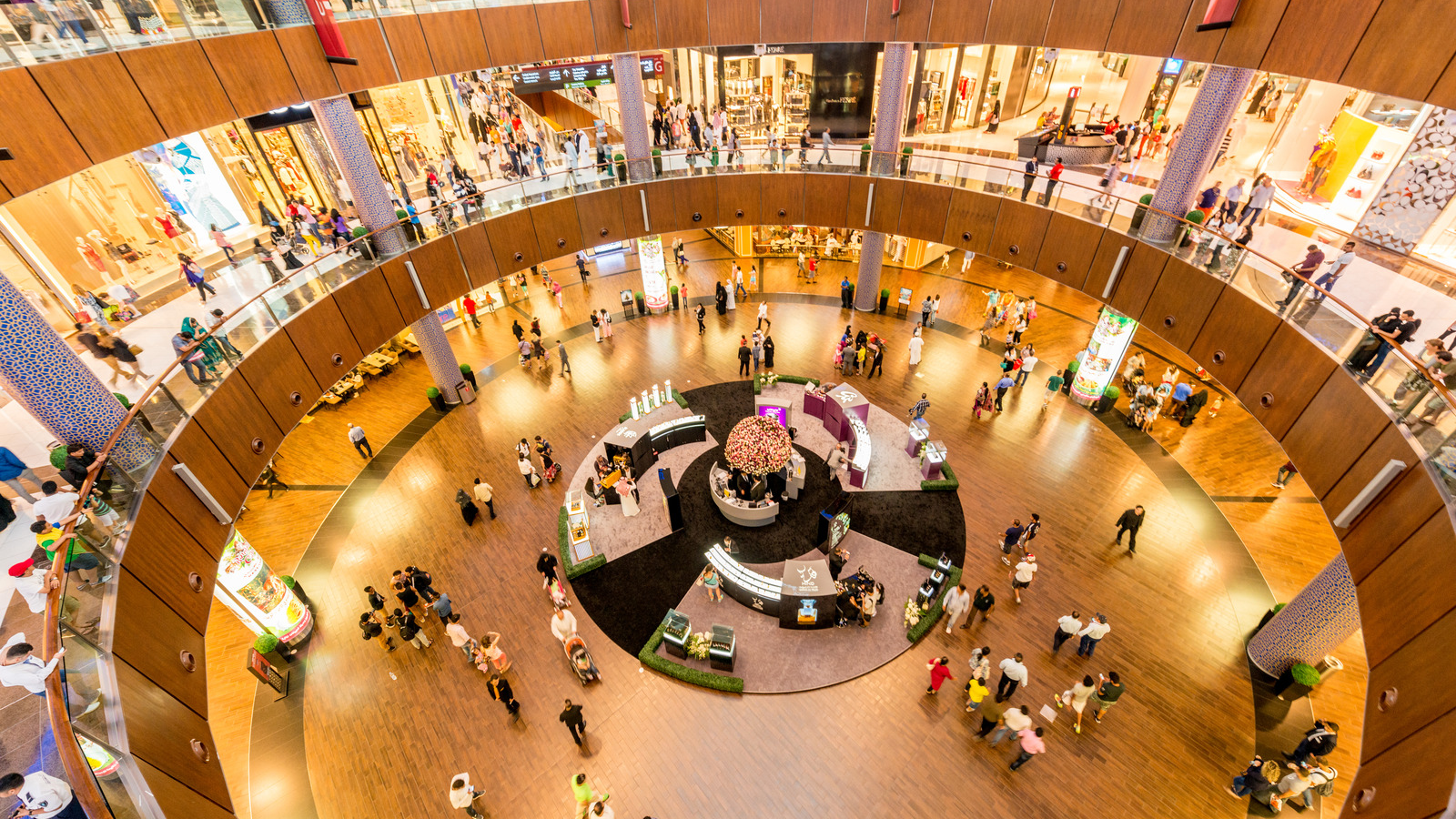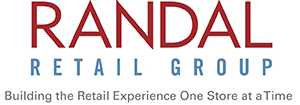
The Evolution & Impact of Malls In The U.S.
The Mall of America, located outside of Minneapolis, Minnesota was the exception when it opened in the early 1990s. With its theme parks, roller coasters, music concerts, and fish aquariums, it showcased where malls could go. Fast-forward 30 years and this kind of entertainment in shopping malls have taken over the large department store spaces.
Change in Demands
Because of increased online shopping, the space from department stores that have left the mall has made room for new ways to fulfill shopping to take over. Changing retail space design also has made way for self-checkout kiosks instead of full in-store stock. Associates who might have previously been exclusively on the sales floor now assist with online order fulfillment. Giving customers additional ways to choose to shop.
Another trend is transforming empty mall space into apartments or condos. Using spaces that are already constructed to provide housing not only helps to use what is already built, but also creates new community spaces while providing central locations for residents.
Mall Entertainment
One recent entertainment development is going one step beyond the Mall of America. American Dream in New Jersey opened an indoor ski slope where people can indulge in this sport year-round. It’s the first of this attraction type in the United States. Generating about 5,500 tons of snow every day and offering both beginning and advanced hills for all abilities. This is along with the theme park, mini-golf course, and water park that are all inside the mall alongside traditional stores and restaurants.
These multi-use malls not only offer entertainment but also keep customers inside possibly all day. The opportunity for businesses to gain additional customers is right there, helping to increase sales.
Augmented and Virtual Reality Demos (AR and VR)
AR and VR demos grew in popularity during the Covid-19 pandemic because it gave customers a safer way to explore products. With these experiences, simulated makeovers allowed for trying on making without direct contact with cosmetic merchandise and allowed customers to try on eyeglasses or clothes from the comfort of their own home.
Personalization
Shoppers today more than ever are looking for a personalized aspect to their shopping experience. High-end stores have offered personalized shoppers for their best shoppers for many years. That has taken another step with online shopping and computerization.
Now stores can gather browsing and shopping habits and offer online shoppers additional purchase ideas. Some store websites are even able to offer a pair of pants to go with the sweater the customer put in their shopping cart. Or let them know if the same sweater is available for curbside pickup in a few hours. No matter if it's done in person or online, giving that personal touch will help keep customers feeling special and coming back to shop.
Ready to make your retail space one that's ready for the future of shopping? Download our helpful tips sheet to learn more.

